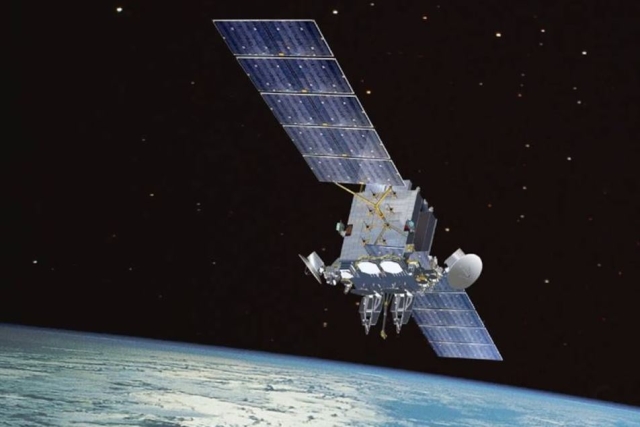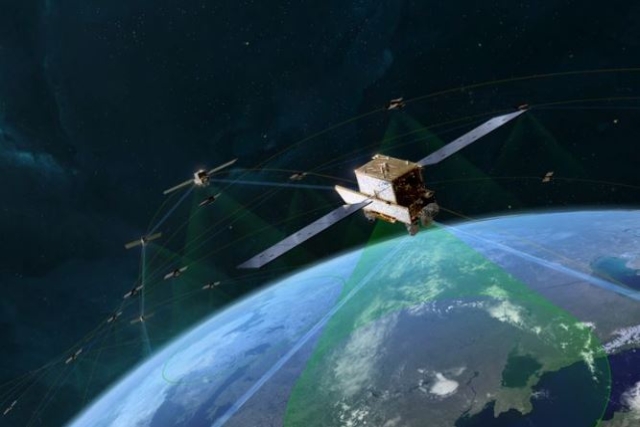South Korea Launches its First Spy Satellite
Pyongyang launched its first military spy satellite on November 21, 2023

South Korea’s Ministry of National Defense and the Defense Acquisition Program Administration (DAPA) disclosed that the country’s first military reconnaissance satellite was launched on Saturday, December 2, at approximately 3:19 a.m. (U.S. local time) from Vandenberg Space Force Base in California.
The newly launched Military Reconnaissance Satellite Unit 1 achieved a successful separation from the Falcon-9 launch vehicle about 14 minutes after liftoff. Approximately 78 minutes later, the satellite established its first communication with an overseas ground station, confirming its optimal condition and successful orbit.
Military Reconnaissance Satellite Unit 1 is slated to undergo space orbit tests and operational evaluations by the military within the space environment before commencing its dedicated surveillance and reconnaissance missions.
The Ministry of National Defense and DAPA emphasized the significance of this achievement, stating, "With the successful launch of the first military reconnaissance satellite, the military has secured independent intelligence, surveillance, and reconnaissance capabilities. This satellite represents a core force in the Korean three-axis system, forming the cornerstone for enhancing kill chain capabilities."
Developed through collaborative efforts between the Korea Aerospace Research Institute, the Agency for Defense Development, and domestic companies under DAPA's project management, the first military reconnaissance satellite not only bolsters military capabilities but also strengthens the domestic space industry, DAPA said.
Highlighting ongoing initiatives, the military is actively engaged in developing a micro-satellite system project for rapid symptom monitoring and early warning. By strategically combining military reconnaissance satellites with micro-satellite systems, South Korea aims to gain a significant advantage, especially in overcoming North Korea's competitive structure.
South Korea is said to be gearing up to deploy four more spy satellites by the close of 2025, aiming to enhance its reconnaissance capabilities over North Korea. Positioned at altitudes ranging from 400km to 600km above Earth, Seoul's satellites are purportedly equipped to detect objects as small as 30cm.
The Defense Acquisition Program Administration (DAPA) officially announced the launch of Seoul's inaugural spy satellite on December 3. On the same day, North Korea declared the commencement of reconnaissance satellite operations, with a new office at the Pyongyang General Control Centre of the National Aerospace Technology Administration (NATA) beginning its mission. The office will relay acquired information to the army's reconnaissance bureau and other major units, according to state-controlled KCNA. North Korea asserts the successful launch of its initial military spy satellite on November 21, transmitting images of the White House, the Pentagon, U.S. military bases, and designated areas in South Korea.














